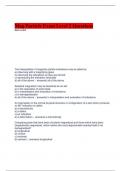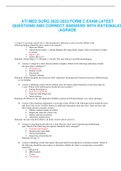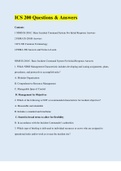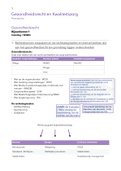Exam (elaborations)
Solutions for Investment Analysis and Portfolio Management, 12th Edition Reilly (All Chapters included)
- Course
- Institution
This pdf documents has answer guide for Investment Analysis and Portfolio Management...Complete Solutions Manual for Investment Analysis and Portfolio Management, 12th Edition by Frank K. Reilly, Keith C. Brown ; ISBN13: 9780357988176.....(Full Chapters included Chapter 1 to 18)...1. The Investment...
[Show more]












